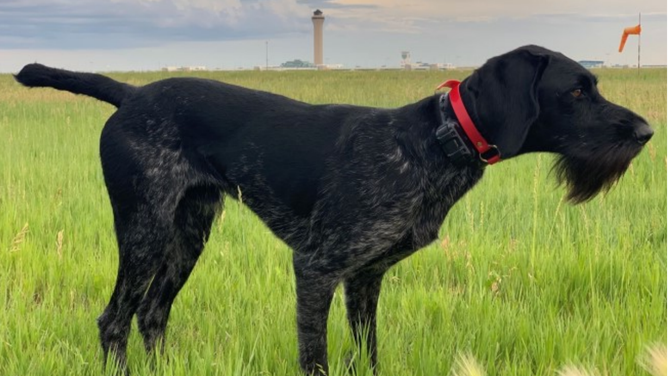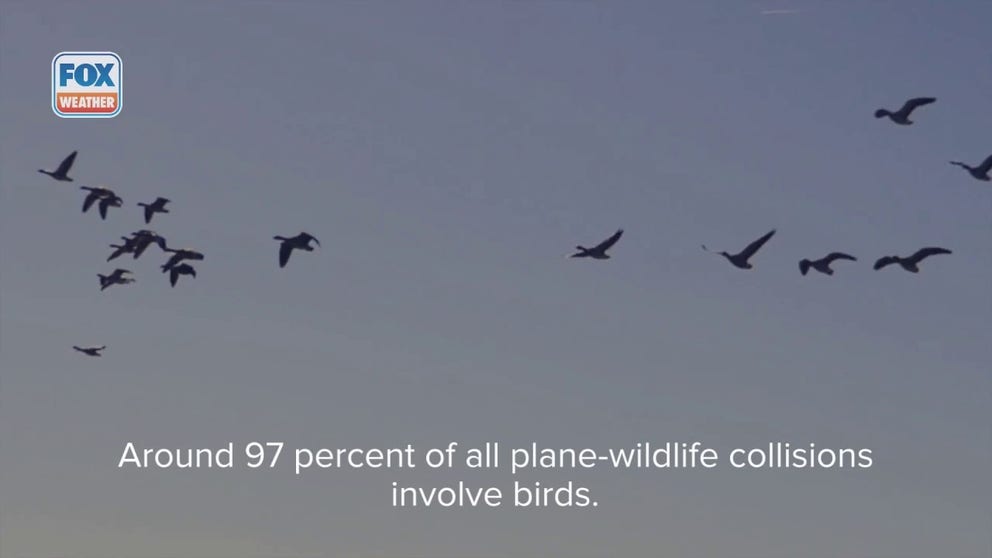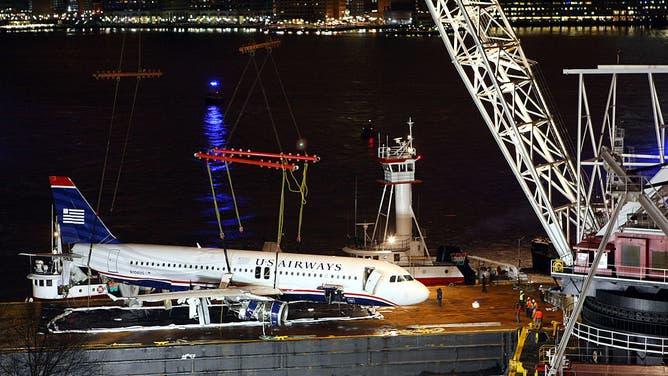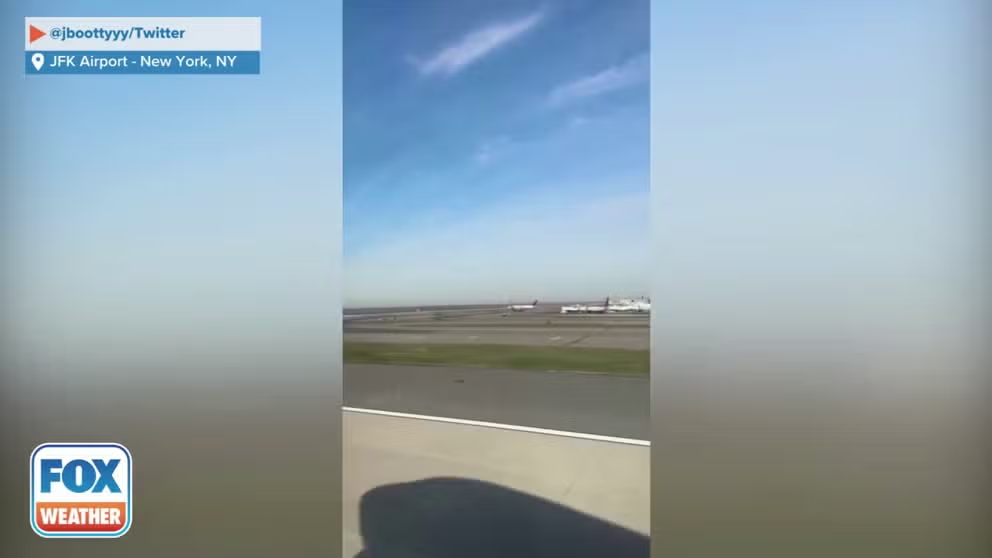These major US airports see the most wildlife-aircraft collisions
Some airports are more prone to strikes than others due to their location and the number of outgoing and incoming flights. Of the busiest ten airports in America, pilots at Denver International reported the most interactions with wildlife.
Wildlife strikes are concern at US airports
There were nearly 17,000 cases of plane-related wildlife strikes in the US in 2022, according to FAA data.
WASHINGTON – Nearly 2 million people fly commercially across the country every day, making the skies busy, but the sight of even the smallest animal can cause concerns and disruptions due to the threats they pose.
The Federal Aviation Administration reported there were nearly 17,000 entries made in 2022 of encounters with various types of animals at hundreds of airports around the country.
Many of the encounters were small and non-events but, in some cases, led to damage and even emergency landings.
Agencies say at high speeds, collisions can lead to engine failures and even windshield cracking, which can impact a pilot’s ability to control the aircraft.
A collision with a flock of geese in 2009 gained international attention when Captain Sully Sullenberger was forced to ditch US Airways Flight 1549 in the Hudson River, in New York, with 155 people aboard. The event known as the "Miracle on the Hudson" shed light on the dangers posed by birds and the need for increased mitigation techniques to avoid future disasters.
WHAT ARE THE WORST AIRPORTS TO FLY INTO DURING WINTER?
About 97 percent of all strikes reported to the FAA involve birds, but the animals are not the sole culprits of all the dangers or damage.
The agency estimated that collisions with birds, deer and other smaller animals cause about $718 million in aircraft damage each year, leading to more than half a million hours in maintenance and downtime.
Reports from pilots are on the rise which the FAA attributed to growing bird populations and increased use of quieter, turbofan-powered aircraft.
HERE’S WHAT CAUSES TURBULENCE AND WHY YOU SHOULDN’T BE AFRAID OF IT
Mitigation techniques did not prevent nearly 1,700 animal strikes from being reported at the ten busiest airports in the country in 2022.
According to an FAA database, airports in Las Vegas, Phoenix and Miami only saw a few dozen encounters, while Atlanta, Chicago and Denver reached into the hundreds.
Out of the country’s busiest airports, Denver International Airport topped the recent yearly rankings for having the most animal encounters, with around 750 entries entered into the FAA database.
Denver International Airport historically ranks high for animal encounters
Colorado’s largest airport is only minutes away from Rocky Mountain Arsenal National Wildlife Refuge and other nature areas, making it more susceptible to animal encounters than airports in more urban areas.
The airport reports having a comprehensive wildlife management program to reduce the risk of bird strikes and ensure the safety of aircraft operations. Airport representatives said conflicts with some species may increase in a given year while conflicts with other species may decrease.
"Wildlife Services professionals provide biologically sound, effective, and accountable solutions to wildlife problems. In all instances, Wildlife Services programs are conducted to ensure no lasting negative impact on wildlife populations. Wildlife Services professionals strive to educate the public and cooperators about the importance of using responsible strategies for living with wildlife," an airport representative stated.
Denver International is a major facility for airlines such as United, Frontier and Southwest, which account for many of the reported 565,000 yearly aircraft movements.

A Deutsch Drahthaar was used at the Denver International Airport to harass and retrieve wildlife as part of its wildlife hazard management program
(USDA / FOX Weather)
"The overwhelming majority of these are without incident for passengers and crew and do not cause disruption to operations. Our Pilots, ground crews and maintenance teams are well-trained to respond to these situations when necessary," a representative for Southwest Airlines stated.
A breakdown of the encounters showed small birds such as the horned larks and the western meadowlark as some species most impacted by aircraft.
Since 1990, the FAA reports the majority of bird strikes occur during the summer or the fall before many species fly south for the winter.
Bird reportedly struck by plane engine at JFK Airport
Bird reportedly struck by a plane engine at John F. Kennedy International Airport in New York. (Credit: @jboottyyy/ Twitter)




